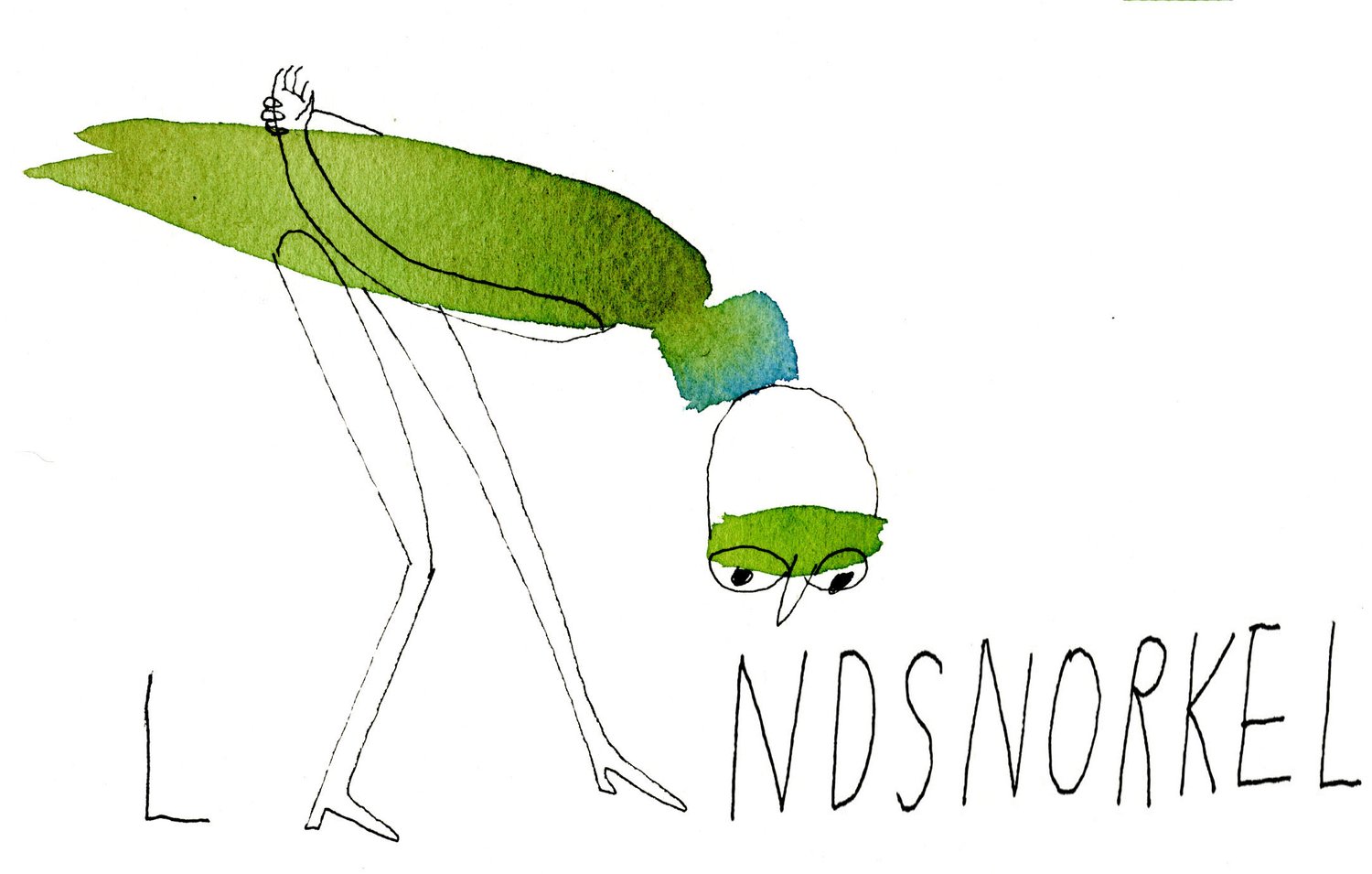How Animals See Themselves
A thought essay on experiencing the world like animals do, using their senses that we as humans, lack.

"We could, instead, try to view them through their own eyes. In 1909, the biologist Jakob von Uexküll noted that every animal exists in its own unique perceptual world — a smorgasbord of sights, smells, sounds and textures that it can sense but that other species might not. These stimuli defined what von Uexküll called the Umwelt — an animal’s bespoke sliver of reality. A tick’s Umwelt is limited to the touch of hair, the odor that emanates from skin and the heat of warm blood. A human’s Umwelt is far wider but doesn’t include the electric fields that sharks and platypuses are privy to, the infrared radiation that rattlesnakes and vampire bats track or the ultraviolet light that most sighted animals can see.
The Umwelt concept is one of the most profound and beautiful in biology. It tells us that the all-encompassing nature of our subjective experience is an illusion, and that we sense just a small fraction of what there is to sense. It hints at flickers of the magnificent in the mundane, and the extraordinary in the ordinary. And it is almost antidramatic: It reveals that frogs, snakes, ticks and other animals can be doing extraordinary things even when they seem to be doing nothing at all."
Read Full Article at the New York Times.

